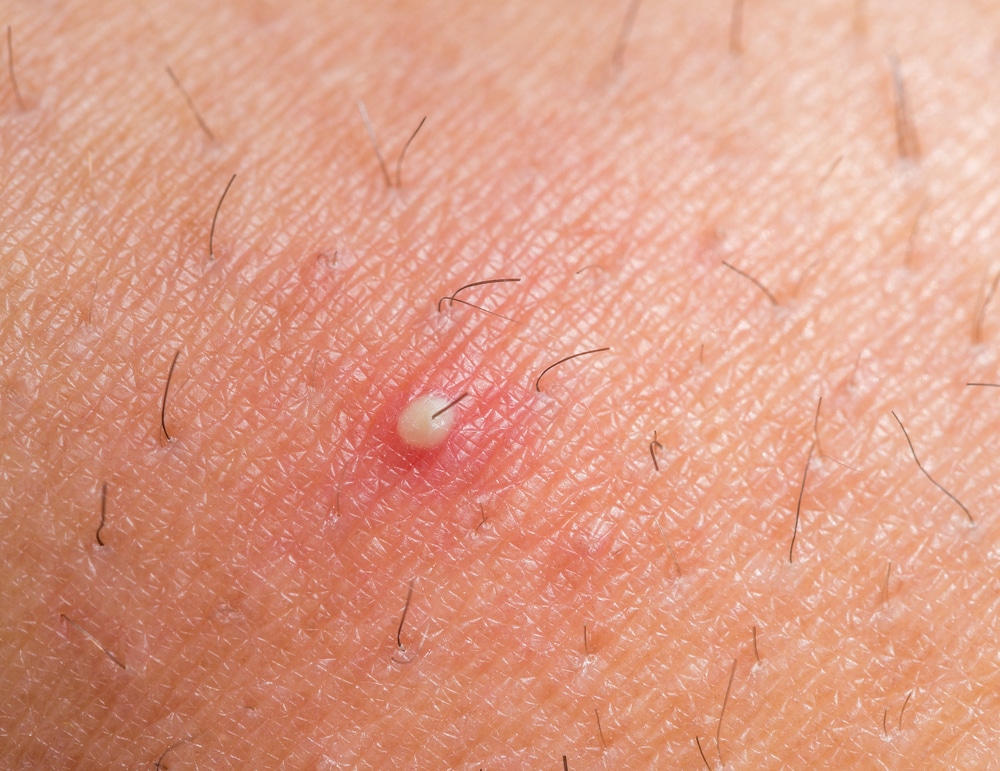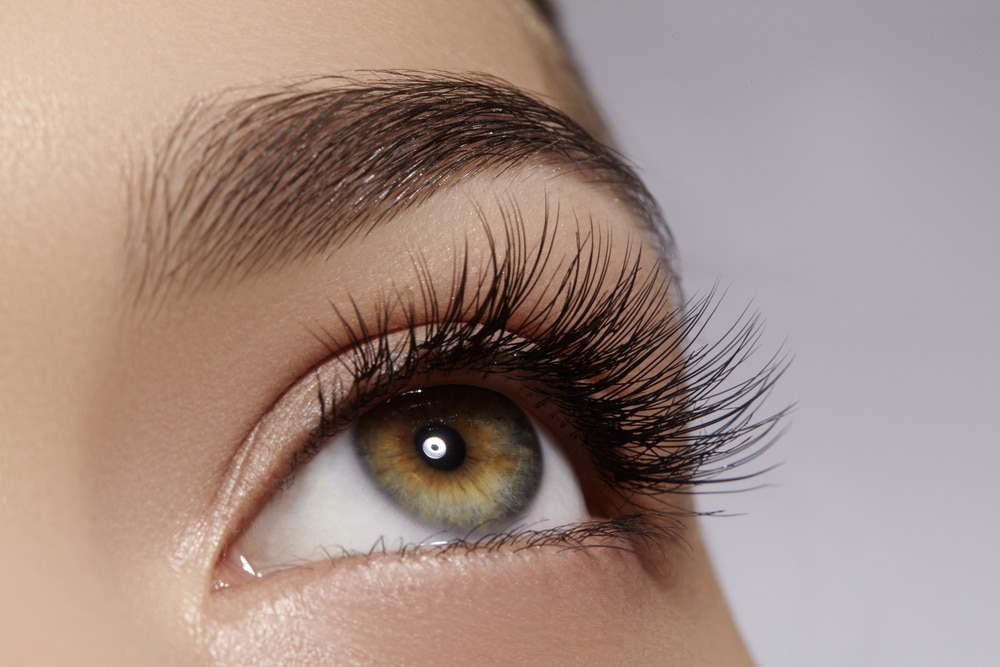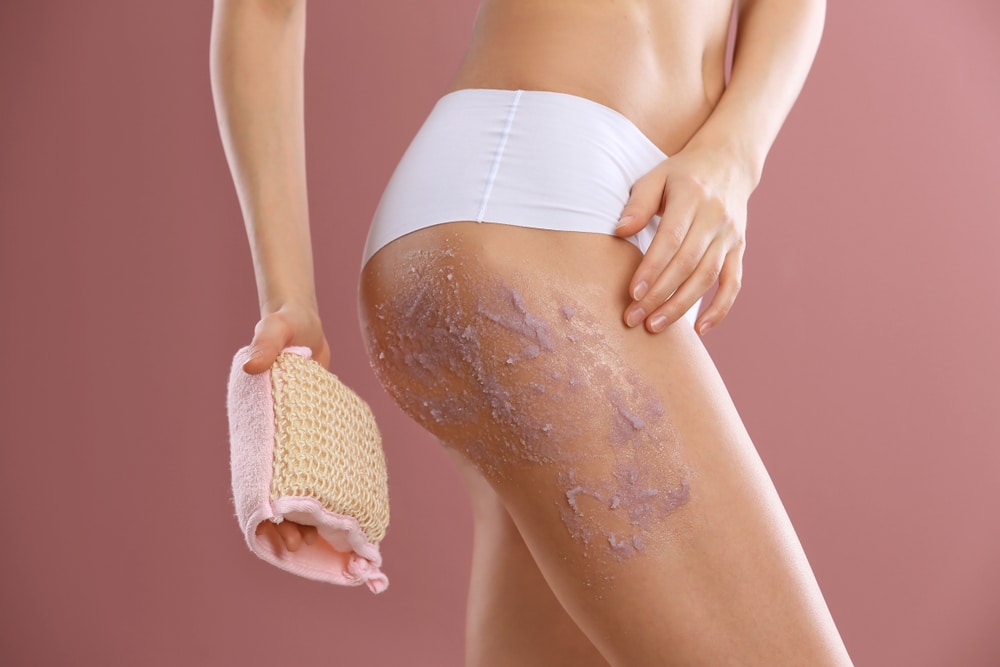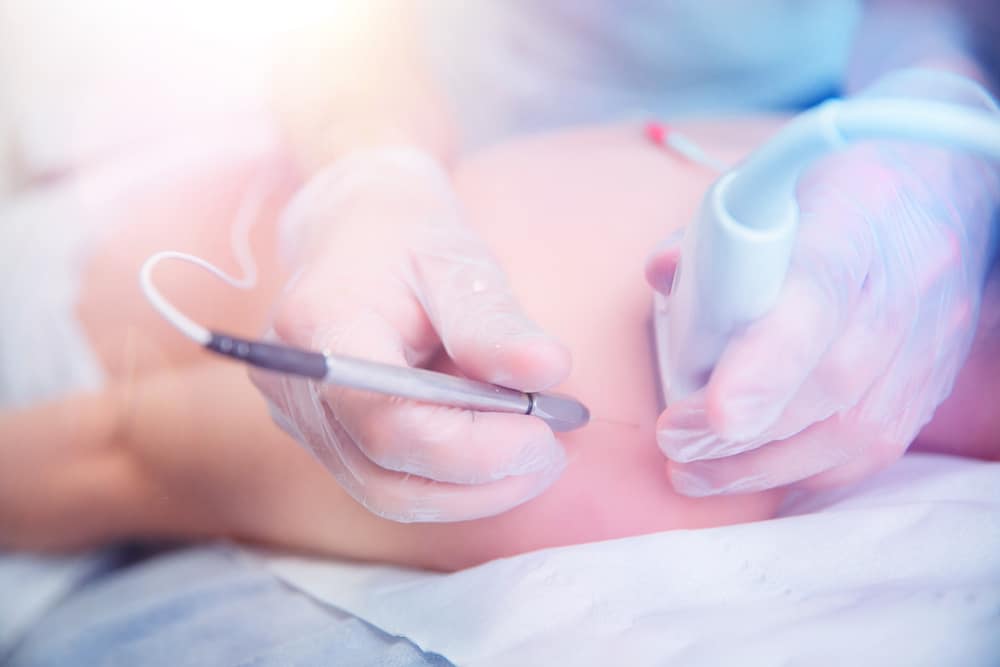Electrolysis
for Ingrown Hair
01
Electrolysis for Ingrown Hair
There’s no question, ingrown hair is the worst thing about hair removal. It’s not enough to simply be annoying and unsightly the first time around, it has to grow back and attack your body? Ingrown hair is often a difficult problem to deal with. Managing ingrown hairs can be challenging, and while home remedies may offer some relief, stubborn cases often require a more effective, permanent solution. Electrolysis for ingrown hairs is a proven method to eliminate them for good—and it’s one of the specialized services offered at Electrolysis by Alison.
We understand that living with ingrown hairs can be more than just a cosmetic concern—it can be a source of frustration, discomfort, and even embarrassment. The constant cycle of hair removal followed by painful bumps can leave you feeling like you’re stuck in a never-ending battle with your own skin. It’s not just about aesthetics; it’s about regaining confidence and comfort in your own body. That’s why we’re here to offer a compassionate and effective solution. With electrolysis, you’re not just treating ingrown hairs—you’re taking back control over your skin and your peace of mind. Our goal is to help you achieve smooth, beautiful skin that lets you feel like the best version of yourself, free from the stress and discomfort of ingrown hairs.


The Best Treatment for Ingrown Hair
is Over 100 Years Old
Did you know? If it weren’t for a few particularly irritating ingrown hairs, we might not have electrolysis today. A 19th century ophthalmologist called Charles Michel was treating a patient suffering from ingrown eyelashes. Ouch! He innovated using a direct current battery-powered needle epilator to disable hair follicles. His treatment caused the offending eyelashes to drop out and not grow back. Once Dr. Michel had established it worked well on eyelashes, he experimented on eyebrows with positive results. The treatment became much more popular in the latter half of the 20th century and this century. However it’s now mainly used for cosmetic reasons instead of relief for stubborn ingrown hairs. Not that we’re complaining.
At Electrolysis by Alison we’re happy to assist people in achieving their beauty goals in any form. Whether sculpting eyebrows, fixing a bikini line, or removing sore and swollen ingrown hairs, we take pride in our work. Whether you’re battling stubborn ingrown hairs in sensitive areas or seeking silky-smooth skin free from razors and waxing woes, our treatments target the root of the problem—literally.
Understanding and Removing Ingrown Hairs
Ingrown hairs and razor bumps are also known as pseudofolliculitis. Hair that curls back or grows sideways can enter the skin and cause inflammation. The skin reacts like the hair is a foreign body, and gets inflamed and irritated. If badly handled, ingrown hairs can cause skin conditions such as permanent scarring and hyperpigmentation (skin darkening). Even bacterial infection can be caused by aggravated scratching. The number one rule of ingrown hairs is not to squeeze the pimples they cause. That can spread infection.
There are a few home remedies that can be attempted to relieve the swelling and irritation of ingrown hairs and razor bumps. Always consult with a professional and look out for inflammation and other side effects.

Side Effects of Ingrown Hairs
Ingrown hairs can cause a range of discomforts and complications, particularly if left untreated or aggravated. Common side effects include:
Skin irritation: Redness, itching, and swelling around the affected area, often resembling a pimple or small bump.
Pain and discomfort: Tenderness, burning, or stinging sensations, especially if the hair is deeply embedded or the area is inflamed.
Infection: Pus-filled bumps (folliculitis) or abscesses due to bacterial invasion, which may require antibiotics or minor surgical drainage.
Hyperpigmentation: Darkened skin patches, particularly in individuals with darker skin tones, caused by chronic inflammation.
Scarring: Persistent ingrown hairs can lead to permanent scarring or keloid formation, especially with repeated picking or improper removal.
Cysts: Fluid-filled sacs (ingrown hair cysts) that form when trapped hair triggers an immune response, sometimes requiring medical intervention.
Pseudofolliculitis barbae: Chronic inflammation known as “razor bumps,” common in individuals with curly or coarse hair who shave frequently.
Pilonidal cysts: Rare but serious complications near the tailbone, where ingrown hairs and debris form painful cysts that may require surgery.
Systemic symptoms: Fever or malaise in severe infections, signaling the need for urgent medical care.

Ingrown Hair:
Causes, Treatment, Prevention
How to prevent ingrown hairs? To understand that, you need to know how they appear in the first place. The primary culprits are common hair removal methods like shaving, waxing, and tweezing. These techniques often remove hair unevenly or create sharp tips that can grow back into the skin, leading to irritation.
Because of its shape, curly hair is especially prone to causing ingrown hairs. If you are shaving to remove curly hair, be very sure to use a sharp razor. Blunt razors require pressing harder against the skin, which is likelier to create ingrown hairs. Waxing often snaps hair instead of pulling it out by the root. This snapped hair that grows back under the skin can often go awry. It can be very embarrassing and uncomfortable when hair removal causes problems in sensitive or personal areas like the underarm, thighs, or other areas. .But there’s no need to suffer in silence—there are solutions to help you manage and prevent this common problem effectively.
Ingrown hairs most commonly develop in areas subjected to frequent hair removal or friction. Key locations include:
- Face and neck: Particularly the beard area (chin, cheeks, neck) due to shaving.
- Legs: A frequent site for those who shave or wax.
- Armpits: Coarse, curly hair here is prone to growing inward after removal.
- Chest and back: More common in individuals with thick or curly hair.
- Scalp: Occurs after close haircuts or shaving.
- Abdomen: Dense hair growth here can lead to ingrown hairs.
- Buttocks: Friction and hair removal contribute to bumps.
- Nostrils: Rare but possible in nasal hair areas.
These areas are vulnerable due to hair texture, removal methods (shaving, waxing), or skin friction. Curly or coarse hair types are especially prone.
Getting to the Root of the Problem:Best Permanent Treatment
for Ingrown Hair
Ingrown hair growth can be extremely uncomfortable and more unsightly than the hair you were trying to remove. While there are home remedies for mild cases, the best solution has been around for over a century. Electrolysis offers the onlya permanent solution to the issues of and surrounding ingrown hairs. Electrolysis by Alison’s lightning-quick thermolysis technique will zap rogue follicles and make their wayward hairs fall out. Better yet, they won’t grow back. That makes it less likely that your next hair removal session will cause another ingrown hair situation. Electrolysis is quick and almost painless. It comes with no long-term side effects, merely a slight redness that will subside in a couple of hours. It’s also notable as the only hair removal treatment recognized by the FDA as a permanent solution to unwanted hair. Laser hair removal, it is worth mentioning, is not. Why not put an end to the ingrown hair problem permanently? Regular hair removal makes it more and more likely that the hair will grow back coarse, curly, and ingrown. Electrolysis can remove the hair from your leg, underarm, or stomach. No more shaving, waxing, or tweezing, no razor bumps, cuts, or bleeding. Just beautiful smooth skin and satisfaction. Why keep battling stubble that grows back coarse, curly, and primed for inground mischief? Whether it’s legs, underarms, or stomach hair, electrolysis clears the path to silky, carefree skin. Let’s end this bumpy chapter—your future self will thank you!
